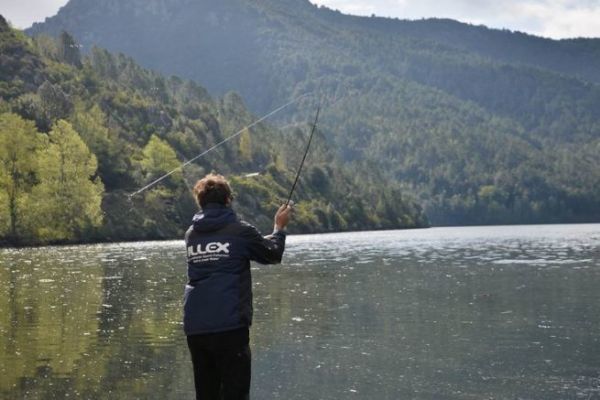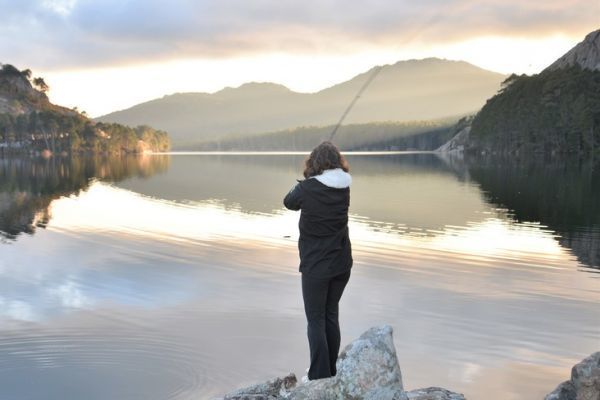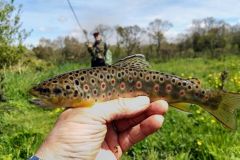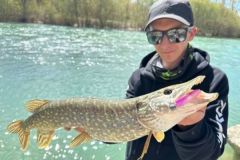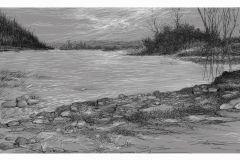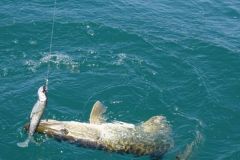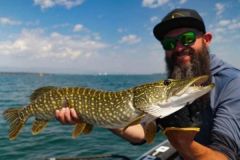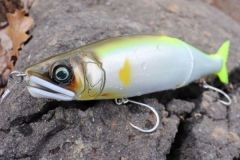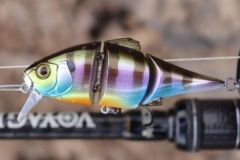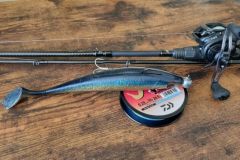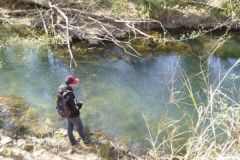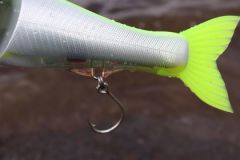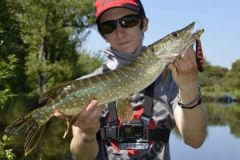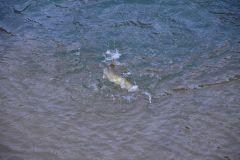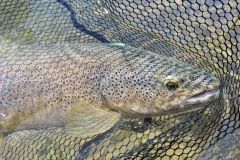Starting trout fishing with lures, especially in rivers, is more difficult than it seems. Here is how to acquire the basics of casting to practice this lure fishing for salmonids.
Start in an open area
The first advice we could give would be to start, as much as possible, in an open environment. The less trees or obstacles around, the less chance there is of snagging or losing your lure or even breaking your rod.
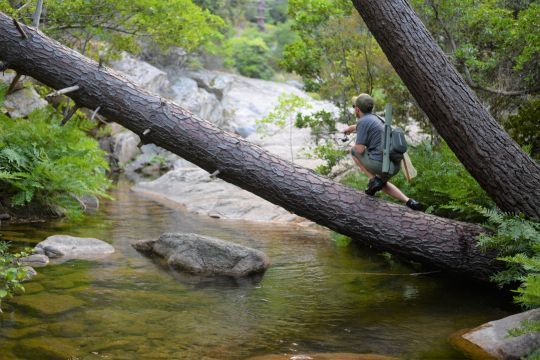
Mountain lakes, dams or wide rivers are ideal for this. Wading is also perfect, as you can easily position yourself in the middle of a river to practice, with as little vegetation as possible in front or behind you.
In the same logic of facilitating the first throws, it is necessary to avoid starting on a windy day.
In the axis of the cane and the body
My other advice would be to start with throws in the axis of the body, parallel to a back/front plane. The swing is perfect for this and it solves a lot of throws in tight spots. To cast far, I recommend having the rod behind your shoulder and making a movement with the tip of the rod forward.
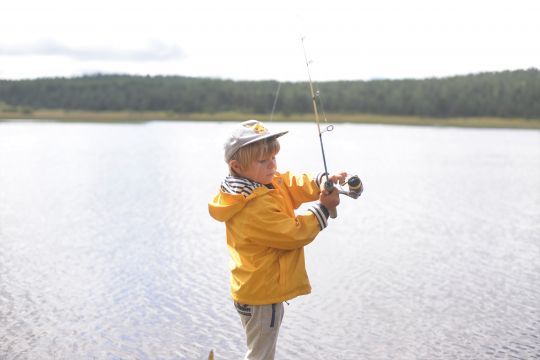
Throw the rod up and then forward quickly. In case of error of "release" of wire or proportioning, the lure will leave in our feet or in the air.
Whereas with a backhand or forehand, the lure can go completely sideways or even backwards!
Adapting your equipment
It may not seem like a big deal, but the more appropriate your equipment (rod, line and reel) is for the lure you're fishing with, the further and more accurately you'll cast. The lighter your lure, the lower the power range of your rod, the thinner your line and the smaller your reel. Conversely, the bigger and heavier you fish, the more these parameters should be increased.
An overloaded rod will not have the same spring and will not play its role of propeller well. The same is true for a rod that does not bend, too powerful for the weight of the lure.
Know that the thinner the line, the farther, more accurately and effortlessly you will cast. A thin line has less drag and less friction on the reel and in the rod guides.
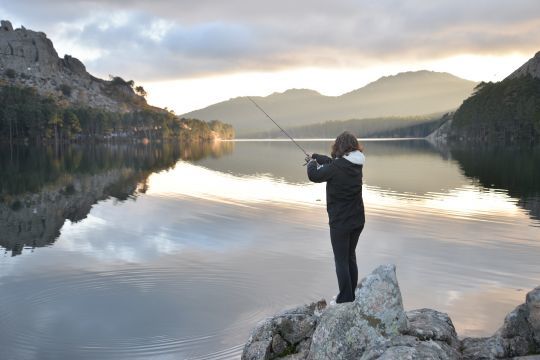
Finally, a perfectly filled reel, with the line at the edge of the lip, will unwind perfectly.
For beginners to trout fishing, I recommend the use of nylon. It is bigger than braid for the same strength and will not throw as far, but in case of trouble or wigging, knots are easier to untie and nylon is much cheaper than any braid.
The right lures to learn
The relatively dense and heavy lures are the easiest to cast. You can feel them perfectly in the rod and you have to force less on the casts, limiting the risk of impulse error. Wobbling spoons, spinners and generally all metal lures are perfect for this. The same goes for soft lures on lead heads.
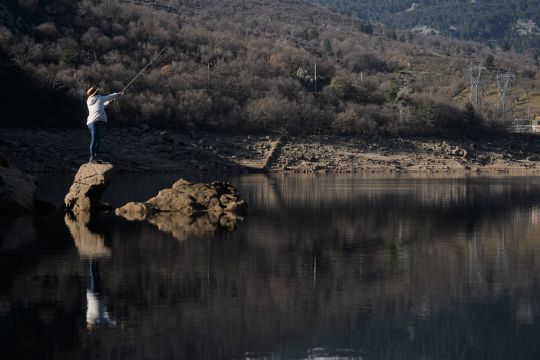
In addition, in case of poorly controlled casting on a rock, these lures are resistant and do not risk to break as could do a swimming fish (bib).
Fishing downstream as a beginner
My last piece of advice when you start lure fishing for trout and you want to learn how to cast would be to fish downstream. That is to say to cast in the direction of the current. Indeed, this allows you to feel your lure working, but also and above all to keep your line perfectly taut and thus to rewind your line perfectly. In this way, you can easily avoid wigs due to a hazardous rewinding when fishing upstream with a poorly tensioned line.


